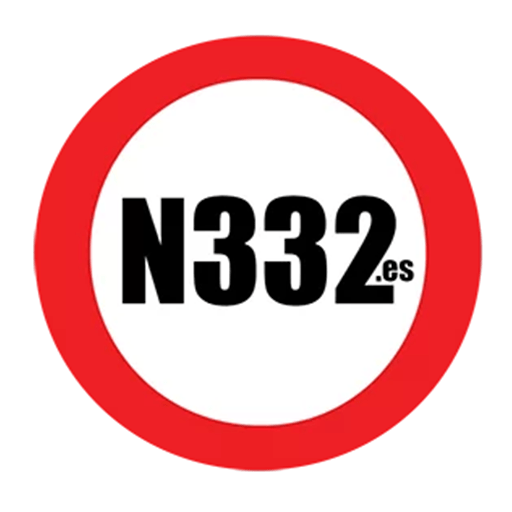From 1st September 2024, only child car seats which display the R129 approval label may be sold, both in the new and second-hand marketplace.
Child seats approved according to the previous ECE R44/04 standard must be removed from stores and may not be sold, either new or second-hand.
The previous standard has been in place for many years, with both certificates coexisting, but from this year, the older models must be withdrawn.

Contents
How is R44/04 different from R129?
One difference between the two standards, visible on the labels themselves, is that the old standard divides seats into groups: 0+, 1, 2/3… based on the child’s weight. For example, a group 1 seat was suitable for children weighing between 9 and 18 kg. In the new standard, the range of use of seats is indicated based on the child’s height, without defined groups; for example, a seat for children measuring between 40 and 83 cm in height.
Another difference that cannot be seen with the naked eye is that the R129 approval standard includes a side impact test that was not carried out with the R44/04.
Older seats indicate the old approval standard (ECE R44/04) at the top; the range of use in terms of the child’s weight in kilograms (kg) is also indicated, and the group to which the seat belongs is indicated at the bottom.
New seats indicate the new ECE R129 approval standard at the top, and the range of use is also indicated with the child’s height in centimetres (cm). Most seats with R129 approval are also i-Size, which was a standard originally introduced to ensure that car seat sizes were compatible with child seat sizes.
What does Isofix mean?
Isofix is an international anchoring system for child car seats. It can have 2 or 3 anchoring points, which are usually called top tether. There are seats approved under the old standard that have Isofix anchors and also models under the new standard.
Are today’s chairs safer?
It depends on the model, but it is true that the new standard is more demanding than the previous one in terms of the minimum safety requirements for approval and marketing. For example, a seat approved under the old standard was not subjected to a side impact test, so it could have been marketed even if it had poor results in that test.
Under the new standard, all seats are subjected to side impact tests and those that do not meet the minimum requirements of the standard cannot be marketed.
What do I do if I have an old chair?
If you have a chair approved under the previous standard, you can continue using it without any problem. It is the sale of these older standard seats which is to be prohibited, not its use. You can of course replace the seat with one that satisfies the new standard if you wish.
Discover more from N332.es - Driving In Spain
Subscribe to get the latest posts sent to your email.

You must be logged in to post a comment.